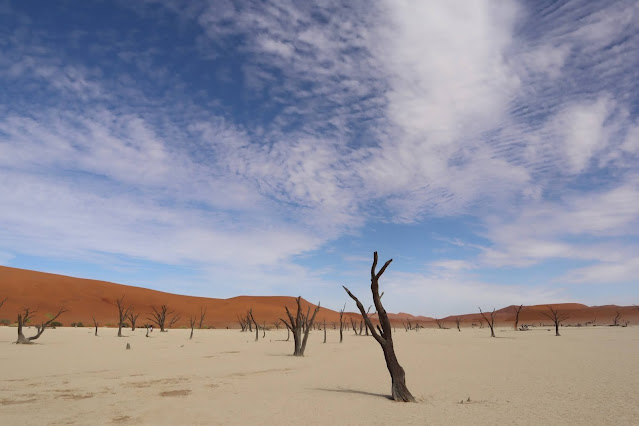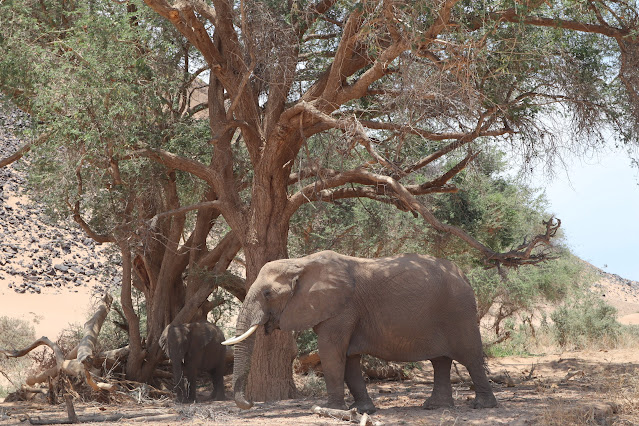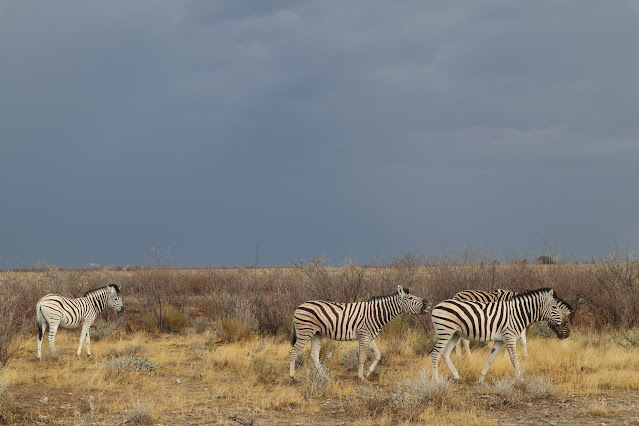11 - Namibia: Joe Travels "Kials Way"
- Previous Post: Billy's Bro-Moon. Oman & Dubai
- Next Post: South Africa & Mozambique
—————————————————————
Namibia!
😁High: Serra Cafema Lodge on the border of Namibia and Angola
Recap:
Namibia is one of the countries that left a lasting impact on me. Its otherworldly landscapes and unbelievably clear starry nights filled me with a child-like wonder.
With a size slightly larger than Texas, Namibia in SW Africa is the 3rd least populated country after Greenland and Mongolia. Home of massive landscapes, the oldest desert in the world and only 2.5 million people, or 5 people per square mile, it’s one of the most remote places on earth. Enjoying desert safaris, early morning hiking, and visiting untouched tribal villages, Kial and I were extremely lucky to meet up in such a beautiful part of the world. It was our first time seeing each other in two months.
Namibia is known for its unspoiled nature, which in large is due to the success of its wildlife conservation programs. It takes land and animal conservation very seriously. It was the first country to have conservation included into its constitution, and endangered black rhinos are even legal property of the state. Since its independence from South Africa in 1990, the conservation efforts have been vast. 45% of the country today is part of a conservancy, whether it’s a government owned National Park, or a private concession, game farm or nature reserve. Even more impressive is that it’s the only country to have its entire 1,000 mile Atlantic coast line under protection as a national park. Researchers are sponsored by the government to help repopulate endangered wildlife, and work with the locals to rehabilitate animals into new environments that offer a better chance for survival. The efforts and seriousness of every guide and camp we stayed was impressive.
Namibian wildlife was nearly eradicated in 1980. Since independence, their approach and practice of community-based land conservancy is renown and extremely unique. Starting in 1990, local tribes and villages were able to draw borders and “apply” to have their land denoted as a “conservancy” - which governed new rules for people and wildlife to coexist together.
After independence the communities started creating conservancies in earnest, claiming their traditional rights that had been denied for so long, and a way to create income and jobs from wildlife.
In a conservancy, the land rights are owned by the local communities; they engage in a joint venture (or profit sharing) with private hotel companies that build on the land, sharing the profits of each guest. Oversight and guidelines for the conservancies are provided by the government. Sometimes the local communities will also have ability to claim property rights to the hotel, if for example it were to change locations or close down. The profit use for the local communities do have mandated for which they can be used, for example building schools, hiring rangers (known as Community Game Guards) - and those profits are divvied up by community elected local leaders.
The conservation practices and concession implementations have been so successful that other countries like Zimbabwe and Angola have come to study and understand how it’s worked so well for Namibia.
Conservation hunting tourism within communal conservancies contributes ~$50m to income. Usually selling big game tags to Americans desiring an African trophy, either by hunting an animal on a game farm or one allowed to be killed to aid population control. Government also gives monetary compensation to farmers who have lost livestock to carnivores.
National parks are important, but these conservancies have played a massive role in the rebound of Namibian animal populations and is helping to bud a middle class in the country. Today more animals exist in the conservancies (30% of land) than in the national parks (17% of land
It’s hard not to overlook that in the late 1890s, Namibia was a German colony. Tired of occupation and ceding land to their colonizer, in 1904 the Herero & Nama tribes fought together in what started as a great uprising, and ended as a terrible genocide by the Germans. Some 65,000 people perished, or over 80% of the Herero population, via German fire, poisoned water holes and clear intentions to extinguish this subset of the Namibian population
Today, German speaking Namibians form a cohesive and viable minority in Namibia. As a developing country, Germany is its largest foreign development contributor, and there are still ongoing court cases deliberating reparations from the genocide. After Germany lost WWI, South Africa took control of Namibia.
Going from backpacking and staying in hostels on a $50/day budget to traveling with Indagare in 5 star resorts was quite the 180. Kial would comment I had a bit of an adjustment, civilizing myself back into a posh environment where a guest wouldn’t dare lift their own luggage and is greeted thrice a day with hand towels and “welcome back” drinks. Of course one can’t truly complain, but I definitely had to get used to letting go of the autonomy I had solo traveling and having a guide walk you to the bathroom in case you tripped on your way. Am I really complaining though when the guide from our new camp called an our old lodge (under different ownership) to get our drink preferences and showed up at the airstrip with my favorite Namibian lager? If Kial would chime in, she’d remind me that we had lion footprints outside our room one night and a guide probably wasn’t the worst idea.
Destination Map:
Given the size of the country and how kials scouting trips work - fast pace and all about covering as much as possible - we stayed 2 nights at every place, and traveling around meant flying around on six ~1 hour flights on singe engine, single pilot Cessna 210s and 208s piloted by young South Africans. I nearly signed up to get my pilots license after the trip. If you want my notes from the flights, reach out as I think I’d now have a decent chance at saving myself from certain death. I did happen to ask every pilot: “would you rather have two engines or two pilots” and all answers were two engines.
Day 1 – arrival in Namibia, overnight at Omaanda.
Day 2 – depart on scheduled air transfer to Sossusvlei. 2 nights Sossusvlei Desert Lodge by AndBeyond.
Day 4 – depart on scheduled air transfer to the Damaraland, stay at Onduli Ridge for 2 nights
Day 6 – depart on scheduled air transfer to Hoanib Skeleton Coast Camp (need minimum 3 nights in order to include the Skeleton Coast)
Day 9 – depart on scheduled air transfer to Serra Cafema for 2 nights
Day 11 – Drive to Ongava and spend 2 nights Etosha National Park.
Day 13 – scheduled flight out and depart Namibia
Sossusvlei
&Beyond Desert Camp
Skeleton Coast
Hoanib Desert Camp
- Tracking lions
- Lion footprints outside our room
- Exploring the land of “Desert adapted” Insert Animal “X”
- Attending an informational session with MC, a researcher of brown heyena the last 16 years in the region
Northern Namibia
Serra Cafema
The nearby landscape of 1,500M mountains and endless desert dunes hasn’t seen rainfall in 10 years.
The Himba people are a semi-nomadic tribe who have lived in northern Namibia for centuries. Kial and I had the unique opportunity to visit a tribe during our visit. Picture this: They don’t monitor the passage of time or have a concept of money. They don’t know who the Namibian president is and don’t formally educate the youth. They money we paid them for wood carvings, bracelets, they would in turn use to buy food from the camp.
 |
| Himba Tribe |
Onduli Ridge & Etosha National Park
Returning back to civilization after sheer remoteness, we were greeted by our Johan, who’d be our guide the next four days.
Etosha National Park
- three cheatas
- Black rhino
- Pride of ten lions enjoying a feast
 |
| Pulling the bed outside |
 |
| Etosha National Park |
 |
| "hey Joe do you mind watching my back for lions while I change the tire" |
 |
| Drawbacks of Etosha. Busy, fenced in safari |
Windhoek
Notes and Photos as a Co-Pilot
Given the size of Namibia and the robust itinerary, every couple of days we'd fly in a small Cessna. The pilots asked me to sit in the cockpit every time, which resulted in me asking 1,000 questions and taking the detailed notes below. Truly living into the "80% of men think they can land a plane".
 |
| Asking a million questions Cessna 211 & 210
|




































